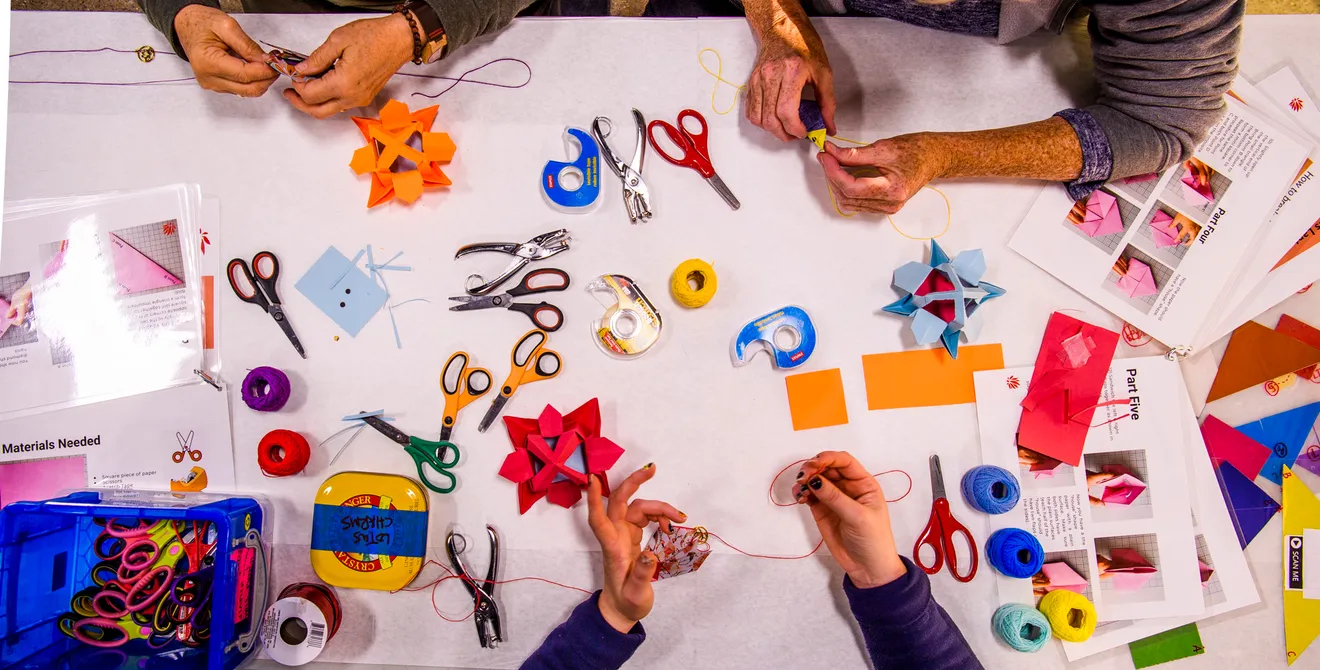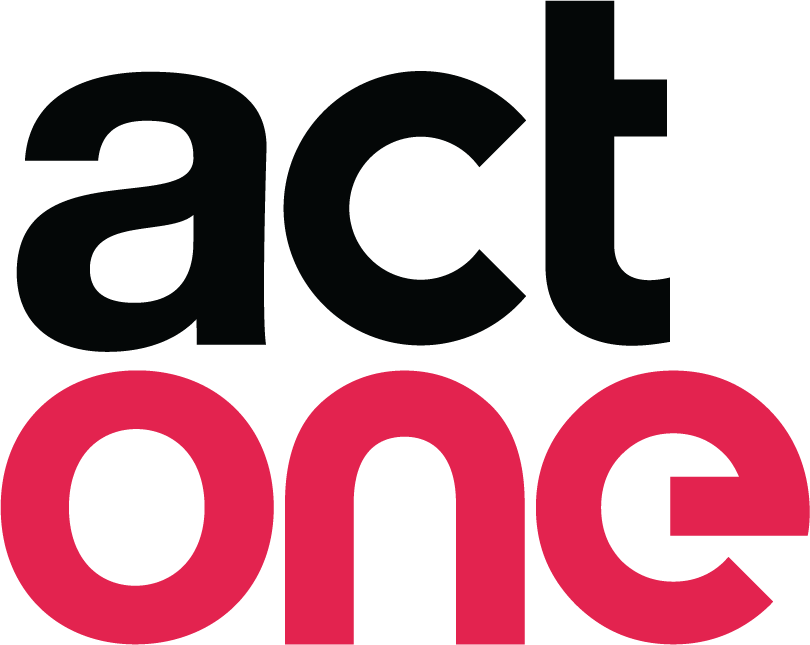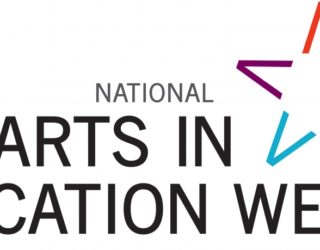AZ Central Op-Ed Piece: How art classes could close Arizona pandemic learning gaps

A lack of art classes hurts Arizona students – even more so after the pandemic
Opinion: Music and other art programs help students grow. Yet Arizona has long fallen short on them – and then COVID-19 hit.
The arts are a critical part of a complete, robust educational curriculum for K-12 students. They help produce students who are more well-rounded, better educated and more prepared for success.
Yet Arizona has long fallen short on arts education.
The pandemic has only worsened the problem.
In 2018, 24% of Arizona students attended schools that did not provide access to at least two artistic disciplines, according to a report by the Arizona Commission on the Arts.
One-third of Arizona students did not participate in an arts program at all in 2019-20. And then the effects of the pandemic came, virtually eliminating arts programming for many students.
Act One’s mission is to provide meaningful arts experiences that enhance the academic and creative potential of children and families in Arizona. The organization envisions a time when all Arizonans acknowledge the value of creative arts experiences as a significant component of educational advancement and personal well-being.
Act One makes the arts accessible to thousands of children and families in Arizona each year through field trips for K-12 students from Title I schools and the Culture Pass program.
When students from Title I schools are involved in the arts, it helps to close the equity gap that has left low-income students behind. Children from affluent families are often exposed to the arts, whether or not their schools provide them. But unfortunately, underserved children are not. Arts education levels the playing field.
A strong arts education, as noted by research by Americans for the Arts, builds self-awareness, self-efficacy, self-management and perseverance, social awareness and relationship skills. Additionally, the arts place an emphasis on team building and self-reflection as well as creativity and critical thinking.
The group also notes that students who participate in arts education are more likely to be successful in school and life than their peers without arts education. However, the same research indicates that equity gaps are a significant problem in arts education, leaving underprivileged students behind.
We must continue to support arts education
Now that children are back to school in person, it’s a good time to revisit the role of arts in education. Especially as so many arts organizations – especially those in the performing arts that were unable to perform over the past 18 months – are making plans to return to the stage.
As we soon move into the next legislative session, it’s important that we encourage the governor and the Legislature to continue to fund arts education.
We also encourage parents to work with their schools and school districts to make sure that arts education is a priority and take advantage of the resources available – such as what Act One provides – to make it happen.
Finally, we encourage educators in school to make arts education a priority as we move forward in the post-pandemic world, as it will help students recover from the negative effects of the past two years.
As our children emerge from the pandemic, it’s more important than ever for our community to support programs that not only help schoolchildren achieve but teach empathy, inform them about the outside world and enrich their souls.
There’s no better way to do just that than through the arts.
Beth Maloney is director of arts education at Act One. She previously taught at Dysart Unified School District in Surprise and was named the 2014 Arizona Teacher of the Year. Reach her at bmaloney@act1az.org.
Click here to view the original piece.




